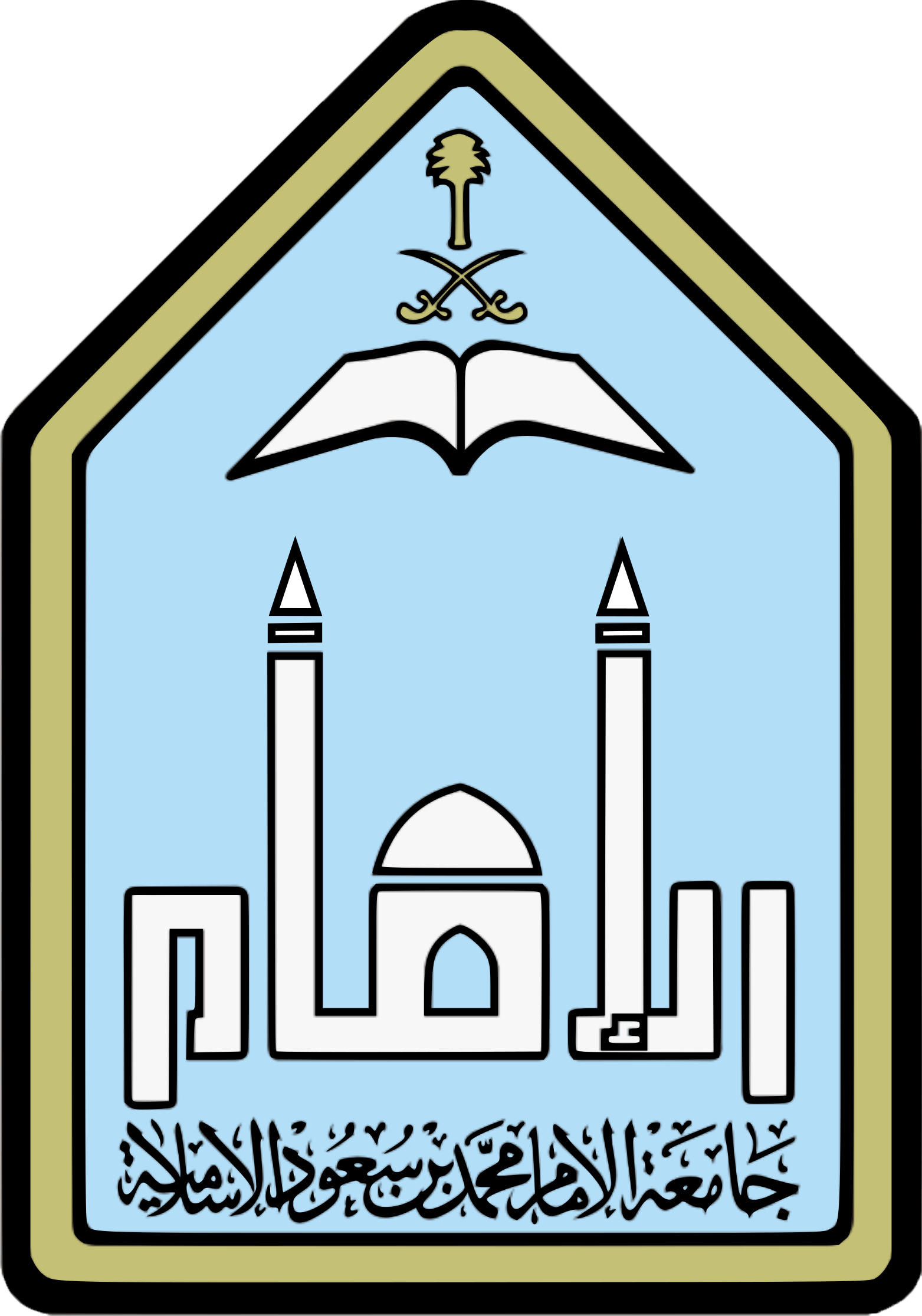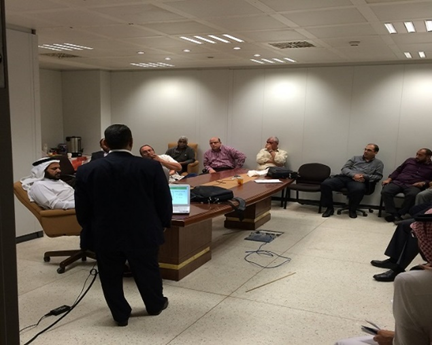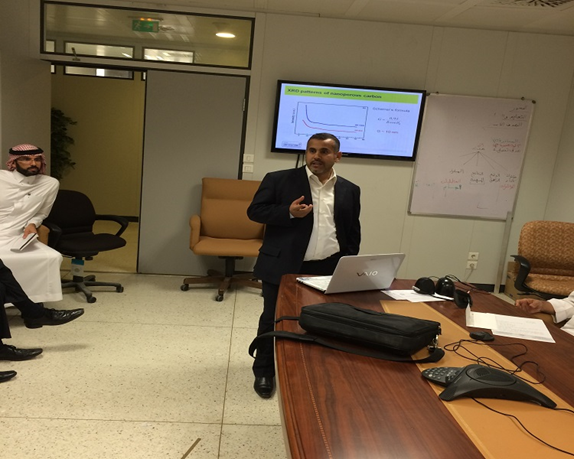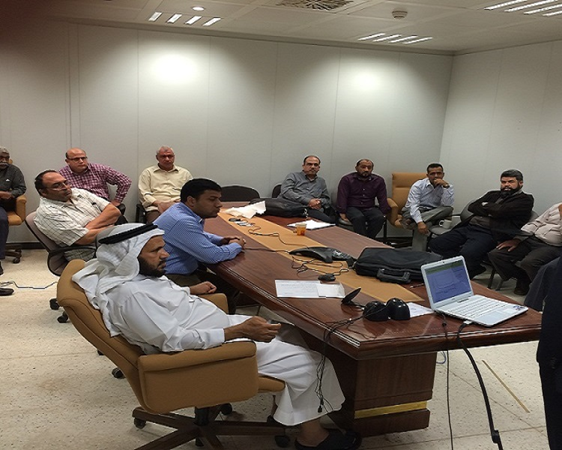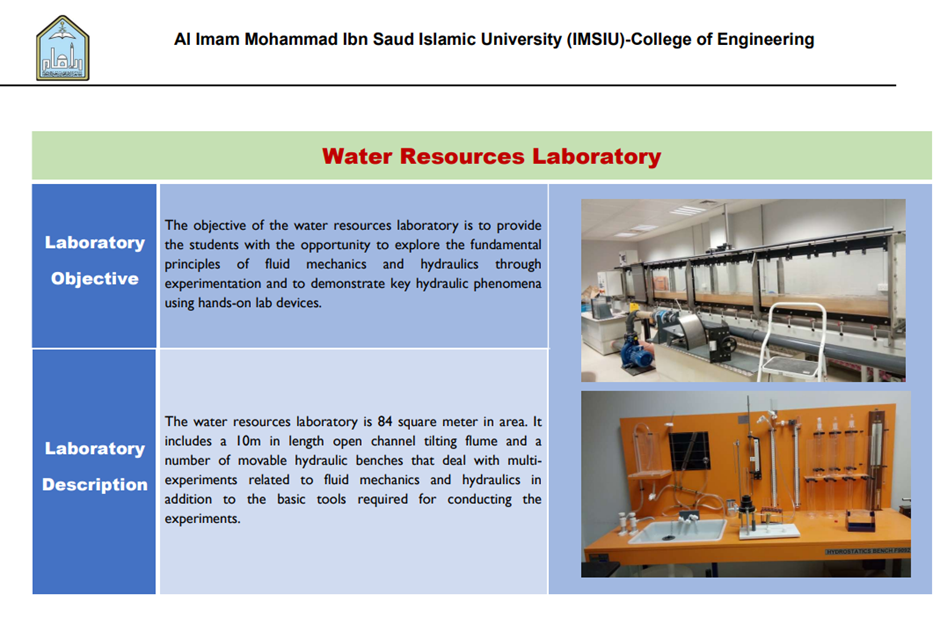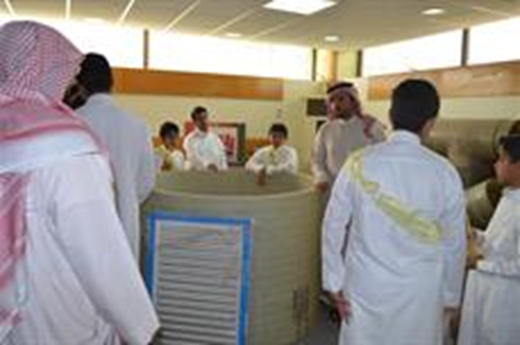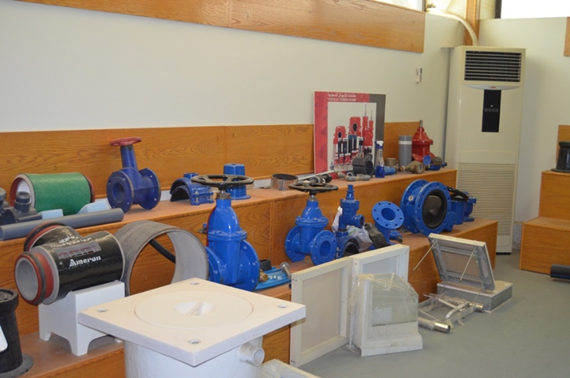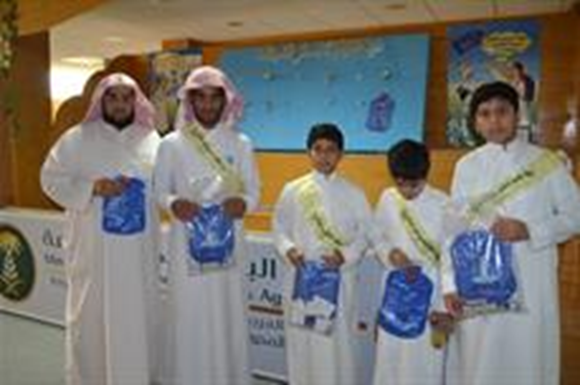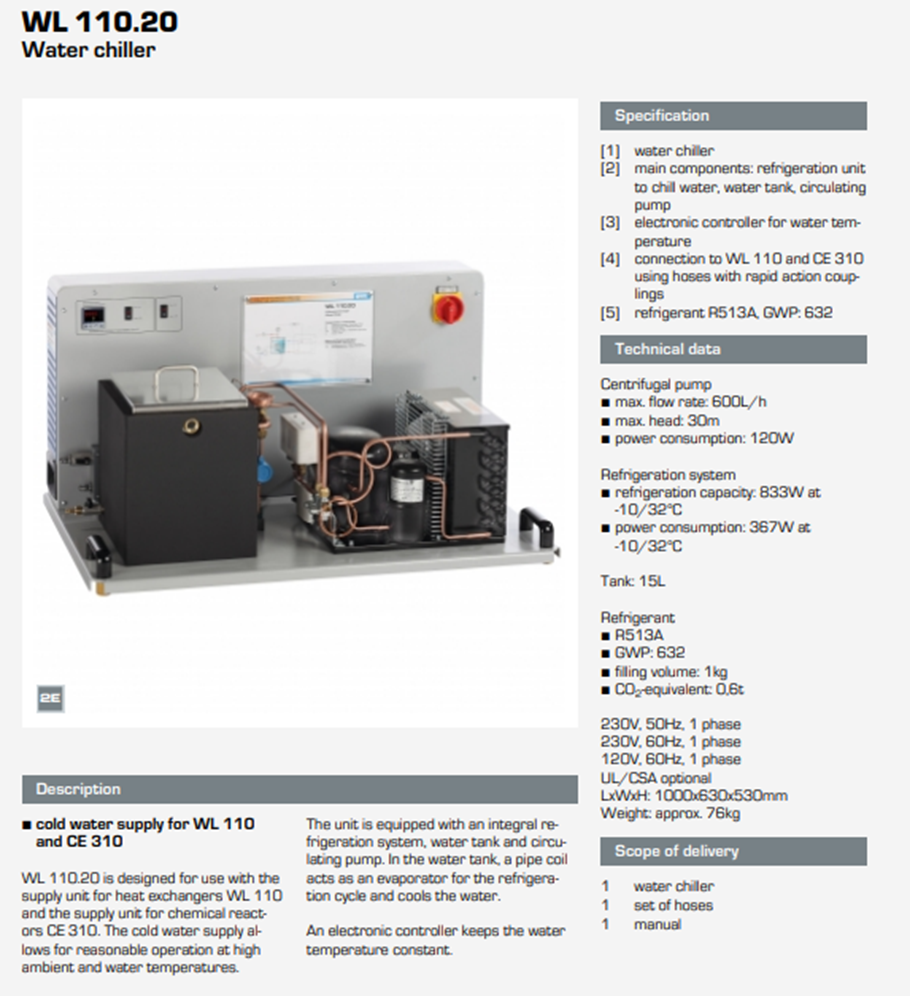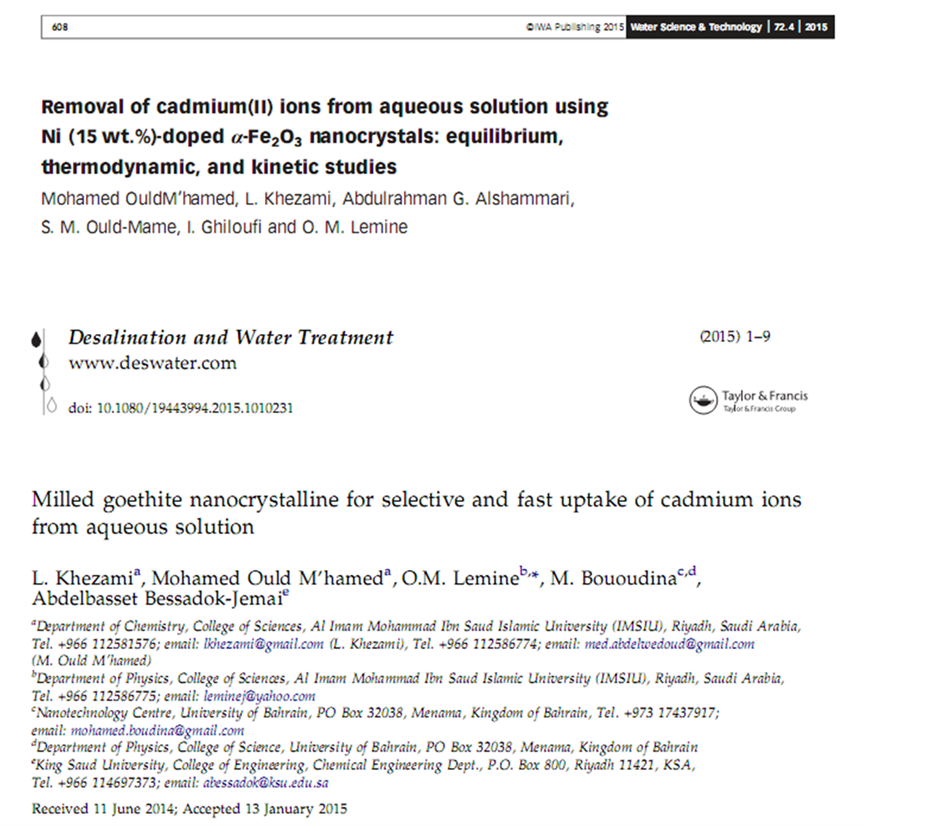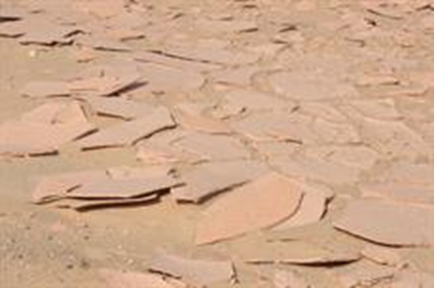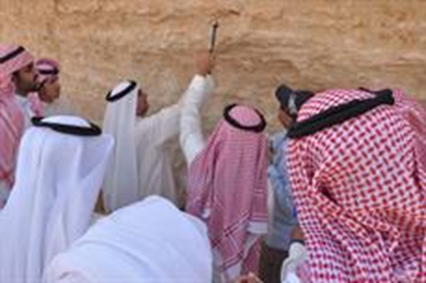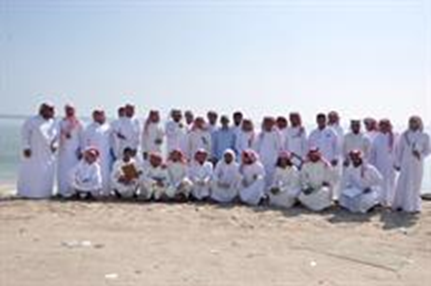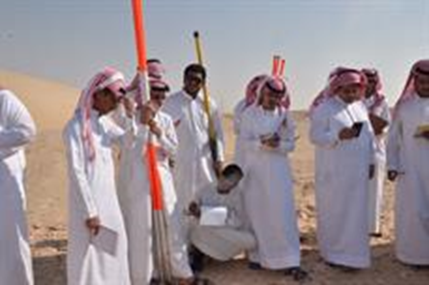Introduction
Sustainable Development Goal (SDG 14 or Global Goal 14) refers to life below water and targets seek to prevent and reduce marine pollution; further the sustainable management and protection of marine and coastal ecosystems; address the impacts of ocean acidification; regulate harvesting and end overfishing, illegal, unreported and unregulated fishing and destructive fishing practices; conserve coastal and marine areas; increase the economic benefits to small island developing States and least developed countries from the sustainable use of marine resources; and strengthen the means of implementation, including increasing scientific knowledge, the transfer of marine technology and implementation of international law as reflected in the 1982 United Nations Convention on the Law of the Sea (UNCLOS).
When it comes to sustainability of marine resources, aquaculture has been practiced in KSA for the last three decades as a sustainable method to supply seafood to a growing demand for seafood consumption. This practice has overtaken traditional fishing methods in the last decade, increasing at an exponential rate since 2013 (Figure 9). With stagnant growth in capture fisheries, declines in fish balances within biologically sustained levels (71% in 2010 vs. 48% in 2018) and stricter safety regulations imposed on imports, aquaculture is expected to be the main source of supply of seafood in KSA89 The growing local consumption of seafood, driven by population growth and increase in consumption per capita is expected to generate an additional demand of 500,000 tons in 2030.
The world’s oceans – their temperature, chemistry, currents and life – drive global systems that make the Earth habitable for humankind. How we manage this vital resource is essential for humanity as a whole, and to counterbalance the effects of climate change.
Over three billion people depend on marine and coastal biodiversity for their livelihoods. However, today we are seeing 30 percent of the world’s fish stocks overexploited, reaching below the level at which they can produce sustainable yields.
Oceans also absorb about 30 percent of the carbon dioxide produced by humans, and we are seeing a 26 percent rise in ocean acidification since the beginning of the industrial revolution. Marine pollution, an overwhelming majority of which comes from land-based sources, is reaching alarming levels, with an average of 13,000 pieces of plastic litter to be found on every square kilometer of ocean.
IMAMU University contributes to goal14 by generating maritime preservation behavior among its students and staff, this includes species as well as seas and oceans through webinars, environmental awareness events, research in order to support the cause of the marine conservation.
In its third activities for this chapter, the Scientific Committee of the Department of Physics organized a scientific symposium (Seminar)at 11:00 a.m. on Tuesday, 3 00 1436 Ah, November 25, 2014, where the scientific symposium was entitled:
"The use of nanomaterials in the treatment of contaminated water"
Thank you for presenting the seminar, associate professor dr. emad omar mohammed al-ghaylovi.
At the beginning of his speech, the spokesman addressed the methods used to treat contaminated water, which in turn result from factories and residential neighborhoods, as well as the sources and risks of heavy metals to human health and the methods used to dispose of them within contaminated water.
In the second part of this presentation, dr. emad omar mohammed al-ghaylovispoke about the manufacture and analysis of nanomaterials that have been used to treat contaminated water, where these nanomaterials consist of nanocarbons, nanoresinand metal oxides. at the end of his speech, the speaker presented the most important results obtained through the use of nanomaterials to absorb heavy metals from contaminated water.
On the other hand, the scientific committee of the department of physics pointed out that these scientific seminars are open to all university staff, faculty and students, and aim to spread the culture of scientific research and stimulate it and raise its performance among its staff, and serve the university's objectives in supporting science, technology and innovation. these seminars are offered weekly between 11:00 a.m. and 11:30 a.m. in the physics department's meeting room.
Dr. Khadijah Muhammad Kutbi gave a lecture on the Synthesis of the Chemical Compound TiO2−x(C2N3)2x nanoparticles in the Chemistry Department (Female Section). It was attended and appreciated by the staff of the Department on Sunday, 9/3/1437 AH, 10 a.m.
Abstract
This project has focused on the preparation of Nano metric chemical substances with the ability to absorb light to be used in various applications such as control pollution risks and treatment of environmental pollution, water and air pollution, and sewage. Titanium dioxide (TiO2) was chosen for this purpose because it is non-toxic, available, and inexpensive and has the ability to remove inorganic pollutants. It was prepared successfully by using a simple new way. Due to its drawbacks (i.e., TiO2 can absorb only the UV radiation), TiO2 has been modified by combining it with other compounds containing the Nitrogen Element (N). Therefore, there is a possibility to have new compounds that can absorb light. In the case of modifying TiO2 by using Nitrogen compounds, some compounds have been prepared, including TiO2−x(C2N3)2x.
"We made water everything alive..." this verse is a source of reflection for this strange and rare compound with its basic properties, it consists of a burning element, hydrogen and an element that helps to ignite, which is oxygen, while mating them in the water compound invalidated their characteristics individually and made them a tool to extinguish the fire.
I wonder if man relies only on this compound that can live, or lacks the other natural ingredients contained in water from salts to dissolved minerals in proportions created by god almighty as much.
Some of these salts are found in small and rare proportions but are vital to the body's processes and functions, and their lack of purified water may even be attributed to some diseases, including diabetes.
if we focus on drinking water sources, we will find it important to meet many criteria to make them accessible, including not containing pathogenic organisms.
Drinking water should be free of harmful pollutants and high levels of some dissolved ingredients, which pose a health risk, especially by drinking it in the long term, which necessitates verifying the specifications of drinking water in the absence of it, which harms and on the other hand absent where there are beneficial food dissolved substances necessary for the body.
The bottled water industry is spread globally, where it has been exposed to techniques to remove salts from them in large proportions until it has become known as "polished water" and therefore may lack many important food components while achieving free of pathogenic organisms and achieving at least mostly the correct packaging so as not to transport the components of the filling water to water, and proper storage so as not to expose its packaging to change with different effects, the most important of which are the components of sunlight, especially violet rays.
Water has been a component of civilization throughout history and therefore its sources must be effectively managed to meet development needs, increase demand while maintaining health and the environment, and stay away from the threat of food security (the minimum level that ensures the country's strength in time of necessity). the management of effective water sources requires a variety of scientific areas, including the engineering technical dimension and several aspects of earth science in its interior and surface.
Khalaf mohammed al issa
Deanship of preparatory programmes
A student delegation from the institute visited the branch of the ministry of water in the interior drilling as part of the activities of the ninth activity week (and do not entertain) and everyone listened to the branch representative and learned about the way to establish the water system and ways to rationalize water consumption through the devices provided by the ministry to consumers, and the delegation visited the exhibition prepared for it in the branch of the ministry of water.
The use of nano oxide granules in water treatment has been studied through the removal of heavy metals. the study was conducted in collaboration with dr. lotfi al-khazami and dr. Mohammed Abdul Wadood, faculty members in the department of chemistry at imam university.
the results were published in two specialized magazines:
Water Science & Technology (2015) , Vol 72 No 4 pp 608–615
Desalination and Water Treatment, 1-9, (2015
As part of the field studies subject at the faculty of sharia and islamic studies in al-ahsa in the department of geography of level 5 and accompanied by the faculty members of the rapporteur dr. ibrahim bakri and dr. saeed al-qarni, the students made a field visit aimed at promoting their national values, raising their life skills and the practical application of what was theoretically learned in the course of natural geography; to analyze and share data with other climate stations.
The following day, the team went to the coast of al-aqir on the arabian gulf coast, where students conducted field measurements of some gemological phenomena such as sand dunes and sectors, as well as the study of coastal spaghetti and the identification of its causes and mineral and chemical components, during which an environmental survey of the most important sources of pollution for the arabian gulf was conducted and its effects on wet data on the coast, such as the death of fish, birds, sea turtles and the destruction of vegetation in the tidal environment.
On the third day on 2/18, the team visited the general irrigation and drainage corporation to learn about the modern irrigation and drainage systems used at the plant.
On Wednesday, field studies students went to al-ahsa national park and one of the project's engineers gave a brief overview of the project and its objectives, and then accompanied the students on a field trip on the five sand bumpers to learn about the types of trees and shrubs used to repel sand. during this visit, students participated in the cultivation of some plants as part of the two million tree planting event, which is being implemented by the park administration this week and the presence of this event is accompanied by a field visit.
During the trip, a field survey was conducted of mount continent near the park as one of the most important geomovological phenomena in al-ahsa province, and students were trained to draw sectors and how to take rock and soil samples.
At the end of the visit, faculty members and students thanked the dean of the faculty of sharia and Islamic studies in al-hasa, dr. Mohammed bin Abdul-Aziz al-Aqeel, for providing the necessary facilities and following up on the students' daily activities and ensuring the safety of the team while moving from one location to another.
They also thank his excellency the head of geography, dr. Abdulrahman bin Mubarak al-Ali, for his great efforts in following up on the progress of field studies and overcoming what is in the course of the educational process.
